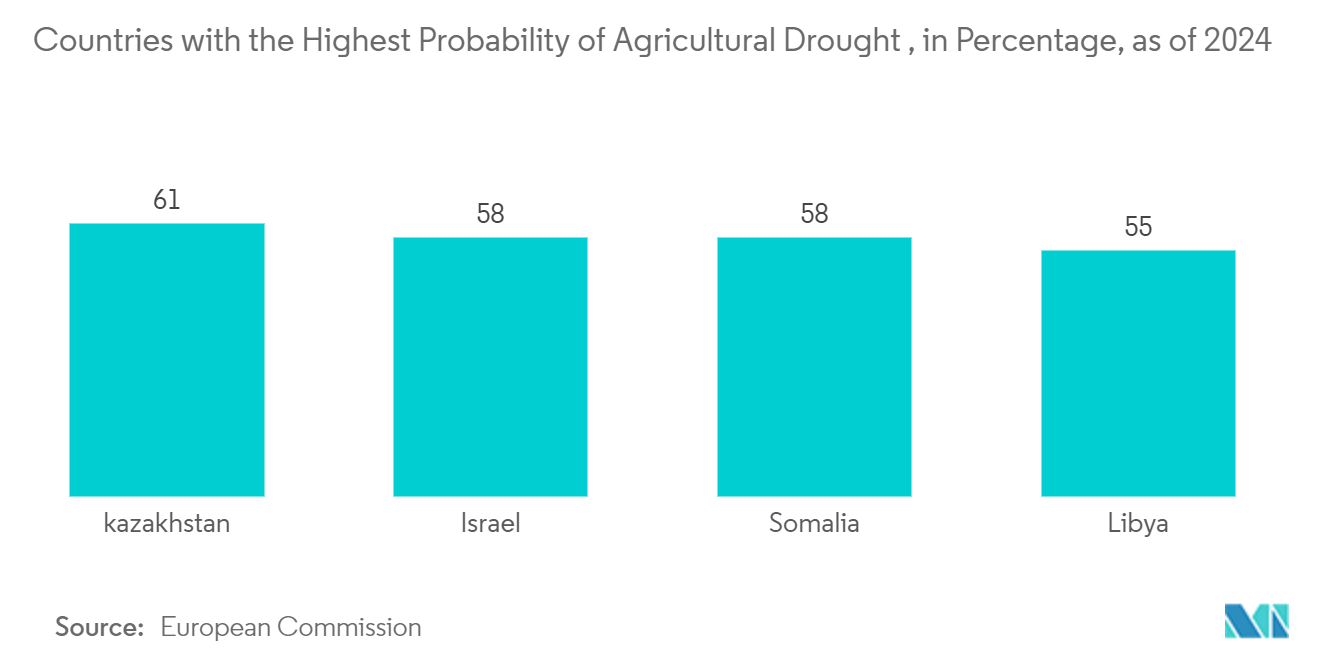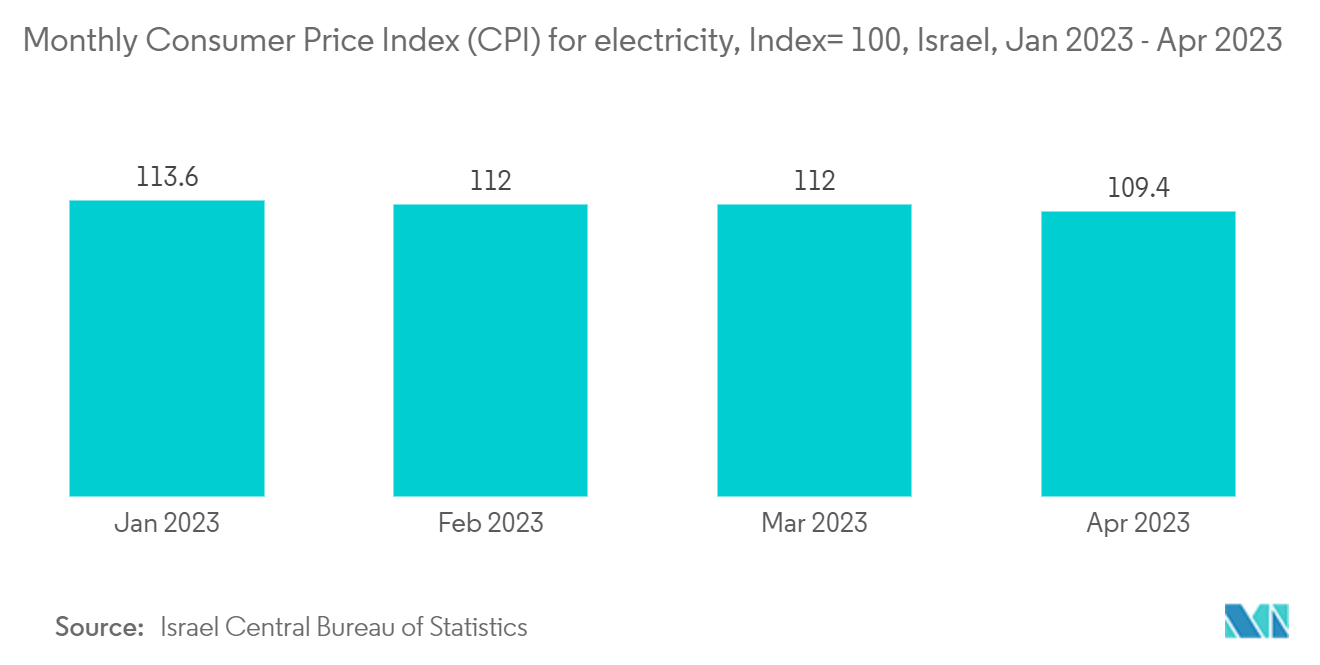Market Trends of Israel Geospatial Analytics Industry
Surface Analysis is Expected to Hold Significant Share of the Market
- Surface analysis, also known as terrain analysis, focuses on studying topography-related information, such as aspect, volume, slope, hydrology, and other relevant characteristics. Surface analysis is widely used in disaster mitigation and location planning, as they effectively use esoteric mapping to determine the probability of disasters. The general surface characteristics (such as slope, aspect, and curvature) are largely used for analyzing the variations in the surface of a study object.
- For instance, the 'slope' metric is extensively used to define the areas of a region that are highly prone to landslides, whereas 'curvature' is used to determine areas prone to damage. In addition, the slope aspect can be used with geological structures to assess rock beds that may be useful for planning roads and other constructions, especially in hilly terrains. Furthermore, the 'slope' metric is extensively used to define the areas of a region that are highly prone to landslides, whereas 'curvature' is used to determine areas prone to damage.
- Furthermore, visibility analysis is conducted to identify areas during location planning, in which case, locations with expansive views are recognized as vantage points. Surface analysis is also being widely used during the construction/renovation of large sites, wherein the volume of materials required to be dumped in open areas to avert erosion is determined.
- The increasing development of smart cities across the region is one of the key factors driving the growth of the market. The increasing development of smart cities across the region is one of the key factors driving the market's growth. Further in Israel, with the aim to accelerate the adoption of technologies by all local authorities, the Local Government Economic Services Company, a subsidiary of the Federation of Local Authorities, inaugurated the Municipal Innovation Center (MIC), a central Tel Aviv hub offering smart solutions for aspiring smart cities.
- Surface analysis can be further used for ecological zoning, land suitability classification, and probability mapping and drought of agriculture. Agricultural suitability and probability of soil erosion are two examples where geospatial data may be extensively used to make the best use of the available land and limited agricultural labor. As of 2023, Israel was the country with the highest probability of agricultural drought . An agricultural drought is a period in which at least 30 percent of the crop area was in stress for more than 10 days.
- According to the Israel Central Bureau of Statistics, In 2022, the number of dwellings in municipalities in Israel amounted to over 2.6 million. This was a slight rise compared to the previous year. The number of residences in localities in this Middle Eastern country gradually increased during the observed period. Such a huge number of dwellings in the region would create an opportunity for the studied market to grow.

Utility and Communication is Expected to Hold Significant Share of the Market
- Utility and Communication is a prominent end-user industry that has adopted geospatial analytics. The segment contains mostly energy and power, and communication systems. Analytic techniques used in the sector determine energy consumption profiles of high-resolution buildings using a method that combines annual energy simulations of various city-specific prototypical assets and geospatial data from the Geographical Information System (GIS) framework.
- According to the Israel Central Bureau of Statistics, In April 2023, the Consumer Price Index (CPI) for electricity in Israel was measured at 109.4 points. This month's value slightly varied compared to the previous months of February and March, at a value of 112 points. The analysis of such data can be used to understand day-specific estimates of power consumption and natural gas within the residential and commercial sectors.
- The major advantage of the evolution of Geovisualization is the democratization of data through visual effects. It helps people understand the spatial data, and at the same time, it can be used to incorporate qualitative aspects into the existing spatial data by creating a need for the same. For example, in the case of the development of Atlanta Geovisualization, sketch-based interaction and participatory design are being used extensively to analyze data crowdsourced from the community to design sustainable solutions for the city.
- Communications companies are taking the help of geospatial analytics to determine the location of new cell phone tower installations. Geospatial data obtained from the devices is used to measure signal strength from particular towers in that location, and the range of that signal is used to understand the lack of coverage and signal strength. Various parameters, like population density, road positioning, and customer location, are considered when deciding the location of the new cell tower installation.
- Analysis of geospatial data can also help communications companies manage their assets effectively. For instance, a company can analyze geospatial data to understand the power outage vulnerability of a site in the event of a storm, thereby managing its network assets. Furthermore, the company can also understand the deployment of its service assets (such as repair crews) to determine how to position them in case maintenance is needed.


